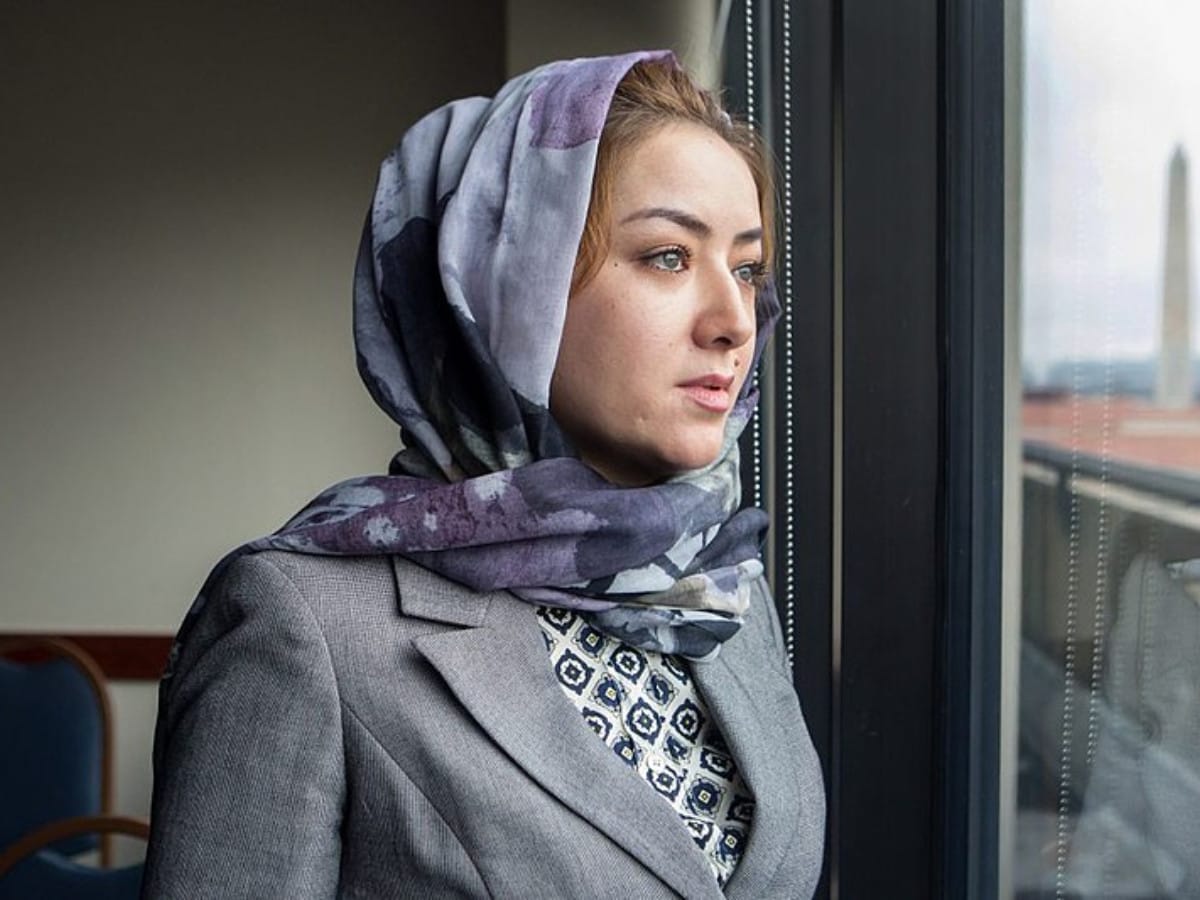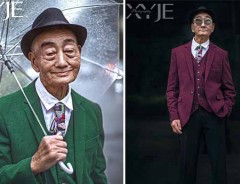
Source: D.A. Peterson/U.S. State dep. / Public domain
Japan pressures China over Uighur crackdown while residents support the Muslim minority
Related Article
-

Tokyo Politician Campaigning With Cat Posters Is The Hero Japan Needs
-

Transformed 85-Year-Old Farmer Looks Like He’s Straight Out Of GQ
-

Would You Cross The World’s Longest Glass Bridge? Check Out The Walkway That Has Travelers Terrified!
-

Unleash Your Pet’s Warrior Spirit With Cat And Dog Samurai Armor
-

Giant Panda, Tantan, to be returned to China after 20 years in Kobe Zoo
-

Japanese Student Translates Trump Tweets For English Practice, Learns The Best Words


We recently covered the Ainu indigenous people of Japan. We looked at their traditional music as well as “Ainu My Voice,” a short-film following Rie Kayano as she works to reestablish the culture roots of her community.
Native to Hokkaido, the Ainu experienced an intense assimilation campaign by the Japanese government after the northern island was annexed in 1890. New legislation prohibited the ethnic minority from participating in its cultural activities and barred the Ainu language. Later acts redistributed Ainu land and forced their assimilation. While laws limiting the group’s cultural expression were abolished in 1997, the Ainu continue to struggle for recognition.
With such a past, Japan was perhaps wary of condemning the CCP in the early days of its crackdown on the Uighurs, a Turkic-speaking minority ethnic group native to the Xinjiang Uighur Autonomous Region (XUAR) of the PRC. Japan, like Western nations, initially hesitated to criticize the CCP over violent riots and alleged human rights violations in 2009. During this time, Uighur foreign nationals reportedly fled Japan fearing repercussions and safety concerns. Nevertheless, the Japanese government has increased pressure on Chinese leadership as the PRC's alleged abuses against the Uighur people continue to escalate.
Crackdown in the XUAR
The Uighur people are believed by most to be native to the Xinjiang Uyghur Autonomous Region (XUAR), a region historically controlled by China, Tibet, Mongolia, and Turkic polities. The ethnic group has lived separately from the Han Chinese majority, and it flourished under the Mongol empire. Throughout the peace of the Ming Dynasty, after the Mongol empire's fall, Muslims were even influential in government.
During the 18th century, however, Muslim communities began clashing with the leaders of the Qing Dynasty. Muslim revolts were violently oppressed, marking the end of cooperation between the ethnic groups. The PRC's formation saw greater tension, and Muslim religious freedoms were oppressed during the Cultural revolution.
Since 2009, a series of ethnic clashes have again taken place throughout the region as the CCP increasingly places restrictions on the minority group. Widespread digital and police surveillance has been reported, DNA collected en masse, and the CCP is allegedly holding over one million Uighur in interment camps demeemed "re-education camps" by officials. Many suspect that 10% or more of the Uighur population is held against their will and likely subject to torture.
Most recently, Adrian Zenz, an German anthropologist at the Evangelical theological institute Akademie fur Weltmission, has accused the CCP of a form of genocide against the Uighur people. From the Chinese government's demographic data, he concluded that extreme population control measures enforced against the Uighur people have led to a dramatic decline in population growth—in some cases reaching near-zero levels—while the Han majority population increases. The anthropologist claims the CCP's aggressive use of sterilizations, IUDs, and forced birth control, as well as land grabs, meets a criterion for genocide set out by the U.N. Convention on the Prevention and Punishment of the Crime of Genocide.
Uighur Communities in Japan
Japan has been applying pressure on China over their treatment of Uighurs since at least 2012. While doubts formerly existed, XUAR expats are seemingly comfortable living in Japan and expressing their opposition to the situation playing out in their home country.
As Japanese companies potentially look to divest from China, Uighur communities are openly speaking out against the CCP’s human rights abuses.
On July 5th, Uighur foreign residents gathered outside the Chinese Embassy in Tokyo. An article by NHK followed one such activist, Afumetto Retepu, who migrated to Japan 17 years ago. Two years ago, as the crackdown escalated, he lost contact with his family. He was able to reconnect last year, but his mother told him, "Your father and brother are now out studying. It will be a while before they return." Of course, she could not directly say they had been detained at re-education camps.
Eventually, Afumetto was put in contact with someone claiming to be his father. The man did not wear traditional garbs and had shorn his beard, an act with religious significance. The man lauded the Chinese government while attempting to persuade Afumetto to give up his activism. Nevertheless, despite threats against his family, Afumetto decided that he was obligated to continue speaking out.
A Uighur Manga
Japanese nationals are similarly speaking out against conditions they deem inhumane. While many have participated in demonstrations, artist Tomomi Shimizu chose another route. She produced “What has happened to me—A testimony of a Uyghur woman.”
The manga tells the story of Mihrigul Tursun (pictured above), a 29-year-old expat woman who faced detainment and torture upon returning to the XUAR from Egypt. As she was en route with her triplets, she was detained and separated from her children. She was tortured while imprisoned, and authorities eventually presented her with the body of her eldest son. Her other children had suspicious scars on their necks that authorities claimed were from surgical procedures for feeding tubes. Throughout their detainment, the family was also forced to praise communism and pray to the chairman of the CCP.
Shimizu's way of speaking out, her manga detailing Tursun's experience became a viral hit. She plans to gather more stories and release a book in the near future.